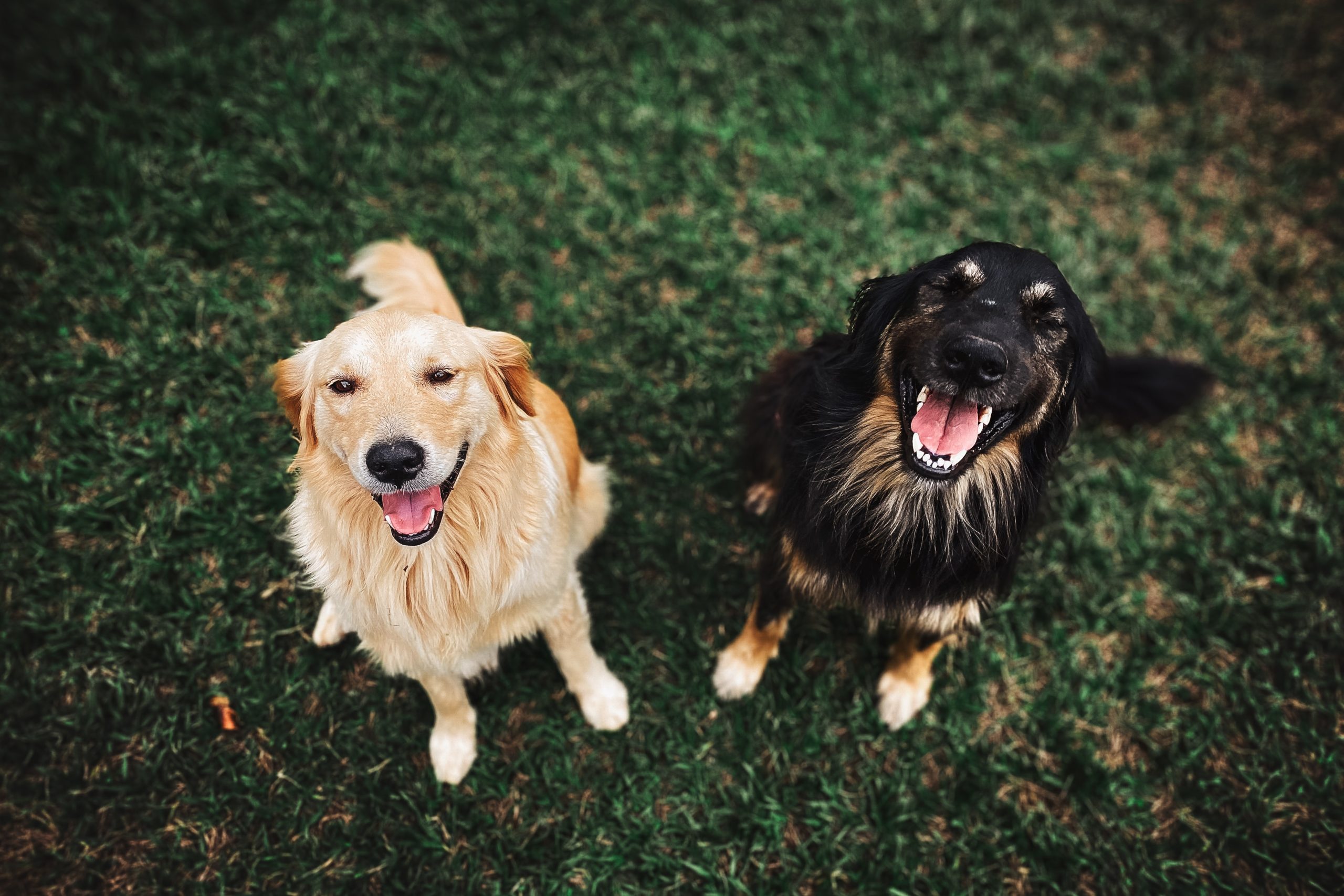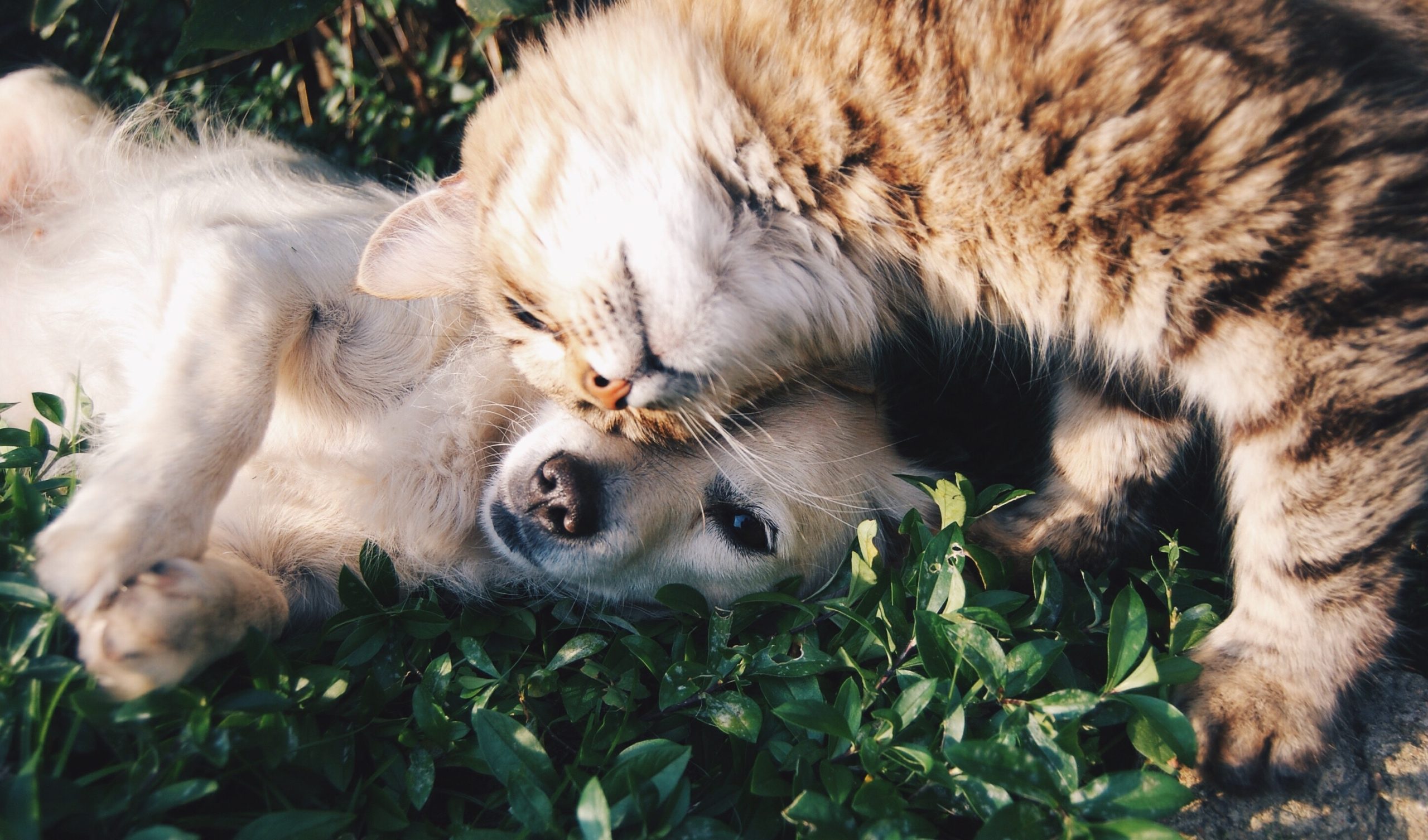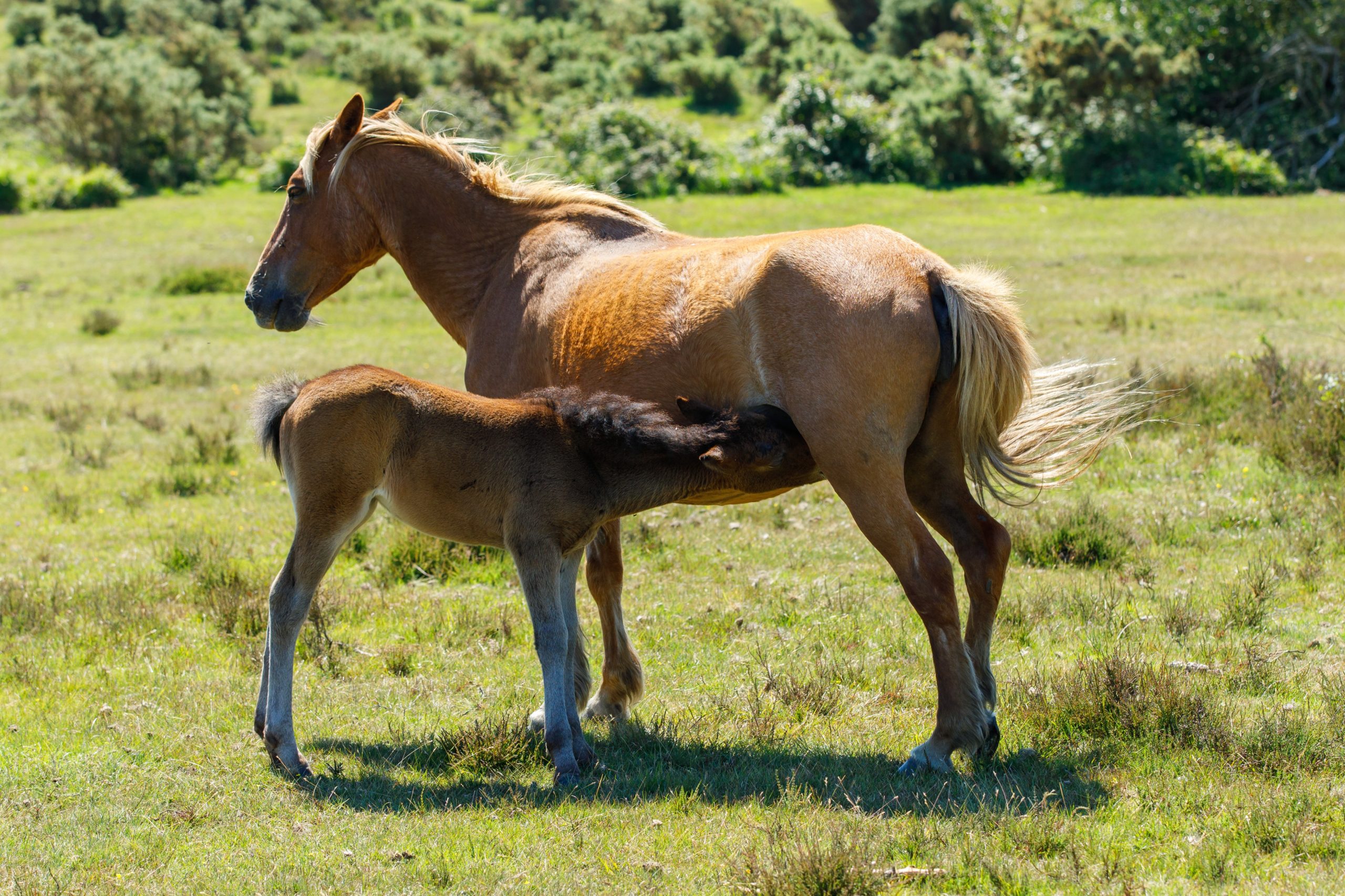There are many differing opinions about what constitutes the best diet for dogs and cats.
Since high quality premium foods (also know as super-premium) deliver all the nutrients required for good health, they are recommended by many veterinarians and breeders.
These days the top brand foods do not contain artificial preservatives, and are formulated for different life stages of the animal e.g. puppy/kitten, adult, performance/active adult and senior pet, as they have different nutritional requirements.
There are also commercial veterinary-formulated natural diets available that are nutritionally balanced.
However, there isn’t one diet that is going to suit all pets and personal preference is also a factor. Whether you choose a high quality commercial food, home-cooked diet, raw diet, or a combination, the main concern is that it is a complete and balanced diet. Most nutritional problems occur when a diet comprises of only one type of food e.g. all meat, all bones, all vegetables etc. The easiest way to ensure a complete diet is to discuss your pet’s nutritional requirements for its age and lifestyle with your vet before embarking on a feeding program.
Here are some answers to other commonly asked questions about pet nutrition.
1. The Bone Debate: can I feed my pet bones?
Raw, meaty bones can be offered daily or every other day to assist in teeth and gum health. Bones are also an excellent way to keep a dog or cat occupied, helping to alleviate boredom when left home alone.
However, many vets will recommend not feeding any bones at all because they can cause tooth fractures, intestinal perforations, and food poisoning, as well as get caught across the roof of the mouth (especially chop bones). Overfeeding bones can also cause constipation.
If you wish to feed bones there are some basic rules to follow:
- Only feed fresh bones straight from the refrigerator to avoid bacterial contamination, particularly with chicken.
- Discard after 1-2 hours if the bone hasn’t been eaten, especially in warmer weather.
- Never feed any cooked bones as they can splinter and cause gut perforation, as well as blockages in the intestine.
- Stick to raw, soft bones as hard bones like the long marrow bones can cause tooth fractures, particularly when sawn lengthwise. Safer choices include lamb necks, flaps, cutlets and shanks, osso bucco, ox tail, and beef spare ribs.
- It is much better if the bones have big chunks of meat attached as this provides excellent jaw exercise as well as flossing for the teeth and gums.
- Chicken necks are preferable to wings as they aren’t as sharp, espeially for larger dogs.
- Don’t feed bones to dogs who tend to wolf down their food
- Cats often prefer their chicken wings or drumstucks browned (not cooked through) and can also be fed lamb cutlets, beef spare ribs, smaller ox tail bones, lamb shanks, osso bucco etc.
Alternatively, safe chew toys can be used instead of bones to help keep the teeth clean and, in all cases, daily tooth-brushing is recommended.
2. Is my pet obese and how can I prevent it from happening?
Obesity in pets is a common problem today but preventing it is mainly using common sense – avoid fatty foods, which can lead to pancreatitis and death in dogs if it has a predisposition to this disease, and adjust your pet’s daily rations according to its appetite, activity levels and waistline.
As a rule of thumb, you should be able to easily feel your dog’s last four ribs. If your dog or cat is tending towards being ‘curvy’ then you need to look at the amount of food you are feeding, the type of food (including treats), exercise and overall health. Any concerns should be addressed in conjunction with your vet to keep your pet in the best health possible.
3. Can I feed my pet vegetables?
It is not harmful to feed your dog, or cat, a variety of vegetables in moderation as long as it is receiving a balanced diet. Vegetables and fruits are certainly liked by many pets but keep in mind that dogs and cats digest meat-based diets best. Feed a variety of vegetables rather than a large amount of one sort – orange and green leafy vegetables are best. A whole raw carrot can also help clean the teeth.
4. Can I feed my pet raw meat?
An all-meat diet is not suitable for cats or dogs as meat is very low in calcium and very high in phosphorous. The correct ratio between calcium and phosphorous is essential for proper bone formation and growth and when fed an all-meat diet, the pet’s bones are poorly ossified and rickets and similar conditions result. Incorporate a small amount into your pet’s normal diet or consult your vet for advice on calcium supplementation.
If you are considering feeding raw meat, only use human-grade meat. Unfortunately, many supermarket ‘pet mince’ products contain sulphite preservatives, which can cause a potentially fatal thiamine deficiency in animals fed treated met regularly. Dogs and cats can be fed whole, raw fish (if they are interested) as long as it is fresh and not a poisonous variety of fish. However, only feed fish once a week, including tinned tuna (for human consumption) as overfeeding with fish can result in thiamine (Vitamin B1) deficiency. Commercial pet foods made with fish have thiamine added to prevent this.
In moderation, cooked liver will cause no problem. However liver is very high in vitamin A and if liver is fed excessively for more than two years, cats in particular will develop a condition called Hypervitaminosis A. Hypervitaminosis A causes changes where bones will fuse together. This is common in the spinal column where vertebrae fuse, resulting in a cat that is very stiff and which cannot walk properly.
5. Can I feed my pet eggs?
Eggs are rich in vitamins and minerals, contain protein and are relatively low in fat. They can be fed safely to a normal, healthy dog in moderation; however, repeatedly adding raw eggs to a dog’s diet can cause a deficiency of the vitamin biotin. Raw egg whites contain avidin, an enzyme which ties up biotin (makes it unavailable for absorption into the body). Symptoms of biotin deficiency include dermatitis (inflammation of the skin), loss of hair, and poor growth. Raw eggs are usually fine these days with the incidence of Salmonella being very low, but be aware that Salmonella poisoning can still occur. Use only fesh eggs that have been properly stored to minimise the risk or feed cooked eggs to be safe.
6. Can I feed my pet dairy products?
Dairy products can lead to gastric upset and diarrhoea as most dogs and cats are lactose intolerant to some extent. Cubes of cheese can be used in moderation as training treats and some pets enjoy the odd dollop of yoghurt. Cease feeding if your pet suffers diarrhoea after feeding any dairy products. Lactose-free pet milks are available in the supermarket and are a better alternative, but not a necessary part of the diet.
7. What can I feed my pet for a healthier coat?
Dogs and cats on a complete, nutritionally balanced and high quality diet do not need to be fed dietary supplements. If the diet is lacking, fatty acid supplementation (omega 3 & 6) can be beneficial for coat and skin health, such as Megaderm which is available from your vet. However, a dry coat could be a symptom of an underlying dermatitis so it would be a good idea to have the animal examined by a vet first.
8. What should I feed my pet if they’re ill?
Pets with certain illnesses, such as diabetes, kidney problems, liver problems, heart problems, obesity, dietary sensitivity, and cancer have specific nutritional requirements that need to be addressed by a veterinarian. Specially formulated Prescription Diets are available for many medical conditions.
9. What foods are dangerous for pets?
Onions in any form are toxic, including dehydrated onions, raw onions, cooked onions and table scraps containing cooked onions. Garlic also contains the same toxic ingredient (thiosulphate) – the toxic dose is not known so it is safest to not feed any garlic at all. Many home-diet recipes for dogs do include one or two cloves of minced garlic. If your dog shows any unusual signs, such as vomiting, diarrhoea, weakness or anaemia then it would be wise to cease adding garlic to your dog’s diet. Cats are more susceptible to onion and garlic toxicity so don’t feed them either.
Avoid potato peelings and any green-looking potatoes. Macadamia nuts are also toxic to dogs – the toxic compound is unknown but the affect of macadamia nuts is to cause muscle weakness. Grape and raisin poisoning has also been reported (kidney failure).
Chocolate in any form is toxic to dogs and other pets. The toxic principle of chocolate is theobromine, a xanthine compound with similar effects to caffeine and theophylline. Clinical signs in dogs include nervousness, restlessness, excitement, tremors, seizures and coma. Cardiac arrhythmias, panting, vomiting, diarrhoea, polydipsia, urinary incontinence and sudden death have also been seen.
Cigarettes, alcohol and any drugs (including human medications such as aspirin, paracetamol or ibuprofen) should never be given to pets. Xylitol (sweetener often found in sugar-free gum) is also toxic.
10. What’s the difference between canine and feline diets?
Cats and dogs have different nutritional requirements. Cats are strict carnivores and require food of animal origin to survive. Cats are unique in that they need specific nutrients which they cannot manufacture in their body, unlike dogs, and are not present in foods of plant origin, including Vitamin A, taurine and certain fatty acids.
However, meat alone does not supply all the essential nutrients and cats cannot survive on an all-meat diet. In the wild the cat would consume its entire kill, including bones, organs, tendons, skin and muscle to provide the correct balance of protein, fat, vitamins and minerals. Meat is low in vitamins and also has an imbalance of calcium and phosphorus, which can affect bone growth.
Cats also require a higher level of protein and fat in their diet than dogs and a lower level of carbohydrates. It is therefore not good for dogs to eat mainly cat food as this can lead to obesity and kidney problems, especially in older dogs and ones with existing kidney disease.




